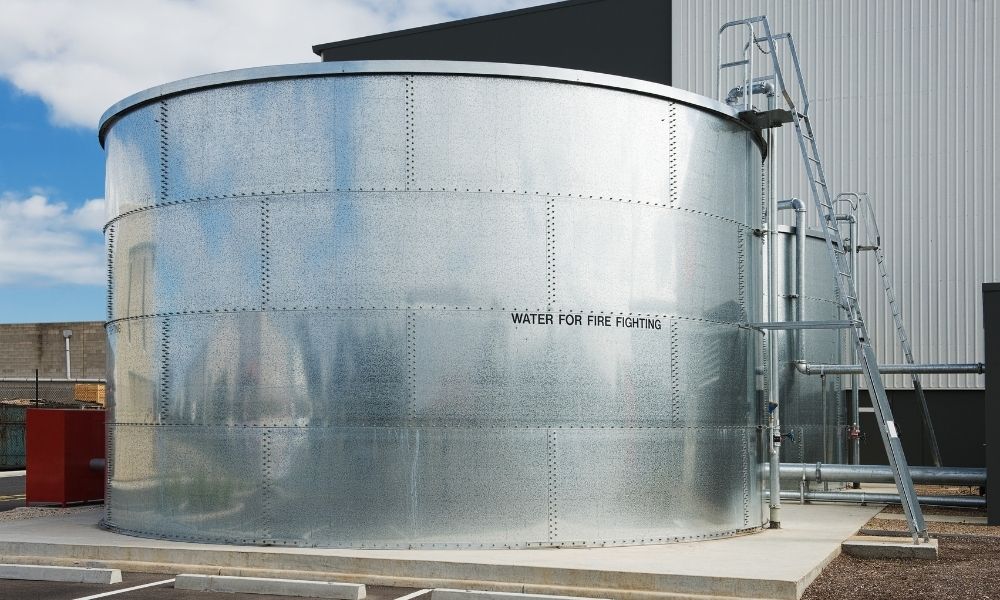
Water tanks are essential for storing and preserving water across various industries and households. They serve a crucial role in managing water resources to guarantee availability during times of need and promote sustainable water usage. Water tanks come in different sizes, shapes, and materials to meet specific requirements, from small residential needs to large-scale industrial applications. Whether you’re storing drinking water, rainwater, or water for irrigation and industrial purposes, understanding the different types of water tanks is vital. This knowledge can help you rest easy knowing you’ve picked the right tank that meets your needs.
Polyethylene Tanks
Polyethylene tanks, made from durable plastic materials, are among the most common types of water tanks, especially in residential areas. Their lightweight construction allows for easy transportation and installation, even in hard-to-reach locations. Additionally, they are UV-resistant, making them suitable for outdoor use without the risk of degradation from sun exposure. These tanks are versatile, available in a wide range of sizes, and great for applications such as rainwater harvesting, garden irrigation, and even drinking water. They are easy to clean and maintain, making them a practical choice for households of all shapes and sizes.
Concrete Tanks
Concrete tanks are well-known for their high durability and robustness, making them an excellent choice for long-term water storage. These tanks can withstand harsh weather conditions, including extreme heat and cold, and are resistant to fire for an added layer of safety. Due to their heavy-duty nature, concrete tanks are common in industrial and large-scale agricultural applications. However, they do require proper sealing and regular maintenance to prevent cracks, leaks, or seepage issues. Thankfully, with proper care, concrete tanks can last for decades, making them a cost-effective solution over time.
Steel Tanks
Steel tanks are highly durable and customizable, so they are ideal for industrial, agricultural, and commercial water storage needs. They are available in various sizes, and you can tailor them to meet specific requirements, such as custom shapes or capacities. Steel tanks prevent rust and corrosion to extend their lifespan. However, regular maintenance is essential, as exposure to moisture and environmental factors can lead to wear over time. Despite this flaw, their strength and ability to handle large volumes of water make them a reliable choice.
Choosing the right water tank means knowing about the different types, but with that knowledge, picking the right tank becomes easy. When you consider your specific needs, location, and budget, you can find the right tank, and when you work with Royal Liner, you can also get the best product. When you need a tank lining company to protect your water tanks, you’ll want Royal Liner. Contact us, and you can store your water effectively and safely.
